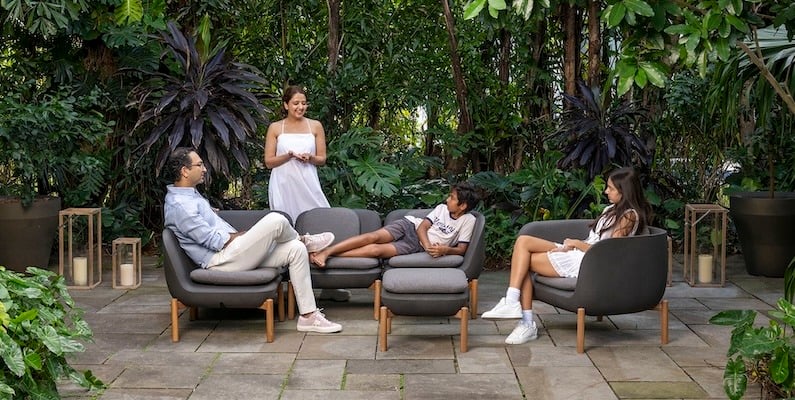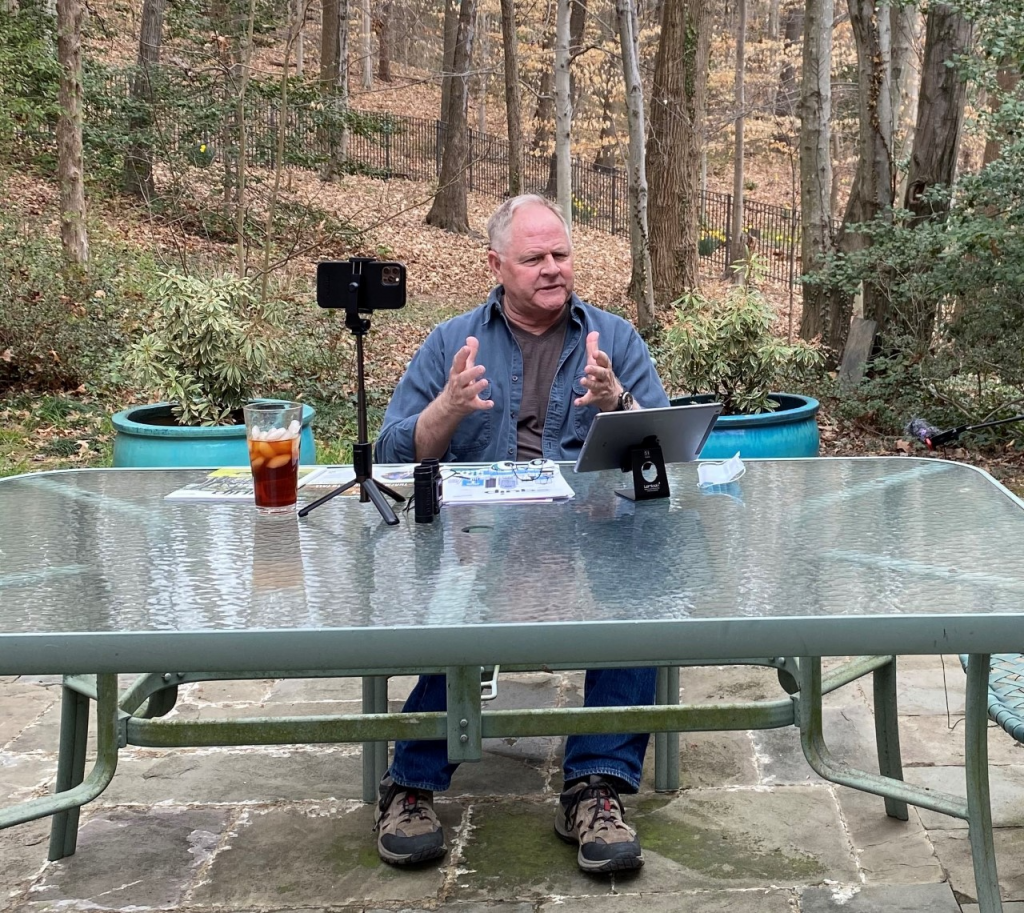2 min read
1 in 3 Consumers Purchasing for Wildlife Benefits
 Press Release
:
May 18, 2022 12:52:45 PM
Press Release
:
May 18, 2022 12:52:45 PM
A survey commissioned by the National Wildlife Federation, in partnership with the National Gardening Association, found more people are gardening for wildlife by purchasing native plants and landscaping that help pollinators like at-risk butterflies, bees and birds. The survey is part of an annual consumer gardening report that coincides with the National Wildlife Federation’s 10th annual Garden for Wildlife™ Month.
“Native plants, in our gardens and in the wild, are essential to the survival of wildlife and the health and well-being of people. The growing number of people turning to native plants and natural landscapes year after year gives us hope for the future and for reversing the wildlife crisis,” said Mary Phillips, head of Garden for Wildlife™. “With our new native plant collections and partnerships with leading researchers in this field, we will continue making it easy for everyone to Garden for Wildlife™ and create healthy ecosystems for people, wildlife and the planet.”
The National Gardening Survey results show:
- One in three U.S. adults (34 percent) purchase plants to help wildlife. An increase from 26 percent in 2020.
- One in four people (25 percent) specifically buy native plants. An increase from 17 percent in 2020.
- The number of people planning to transform a portion of their lawn to wildflower native landscape has doubled from 9 percent in 2019 to 19 percent in 2021.
- One in three respondents (32 percent) stated they are choosing to purchase mostly or all organic products.
The National Gardening Survey collected responses from 2,601 U.S. adults and has a margin of error of ± 2 percentage points. Full survey results can be found here.
Garden for Wildlife incorporates native plants and eco-friendly gardening practices to provide wildlife with natural sources of food, water, cover and places to raise their young. Specifically, these gardens have the potential to significantly increase wild bird habitat and diversity around homes, neighborhoods and surrounding areas.
Native wildflowers, shrubs, trees and other native plants not only provide habitat for declining wildlife, they reduce urban heat islands, increase carbon sequestration, manage storm water runoff and don’t need toxic chemicals to thrive.
From gardening novices to veterans with years of experience, Garden for Wildlife™ has made it easy to get involved:
- Learn about native keystone power plants and search for flowering perennials, trees and grasses that work for your ZIP code.
- Shop native plant collections shipped to your door directly from the National Wildlife Federation, now available in 36 states the Northeast, Mid-Atlantic, Southeast and Midwest.
- Certify your habitat and recognize your efforts to Garden for Wildlife™.
About Garden for Wildlife
Since 1973, Garden for Wildlife™ is our nation’s longest-running and largest backyard habitat movement that has engaged millions to help wildlife where people live. National Wildlife Federation’s Garden for Wildlife™ programs have been educating and empowering people to plant with the purpose of saving wildlife. By building relationships with science partners, native plant experts and growers, Garden for Wildlife launched a new collection of native plants that support the highest numbers of butterflies, native bees, and birds. Americans of all backgrounds have already provided wildlife with food, water, cover, and places to raise young by creating 274,000 Certified Wildlife Habitats® at home and across communities. Learn more at Gardenforwildlife.com. Follow GFW on Instagram, Facebook, TikTok, and Pinterest @gardenforwildlife and Twitter at garden4wildlife.
https://www.nwf.org/Latest-News/Press-Releases/2022/5-02-22-Consumer-Gardening-Report

New Climate-Positive Outdoor Furniture
Crescent Garden, a manufacturer of gardening and outdoor living products, has created InOu, a new outdoor furniture line made with circular,...
.png?width=541&height=218&name=synkd%20logo%20w%20tagline%20(2).png)



